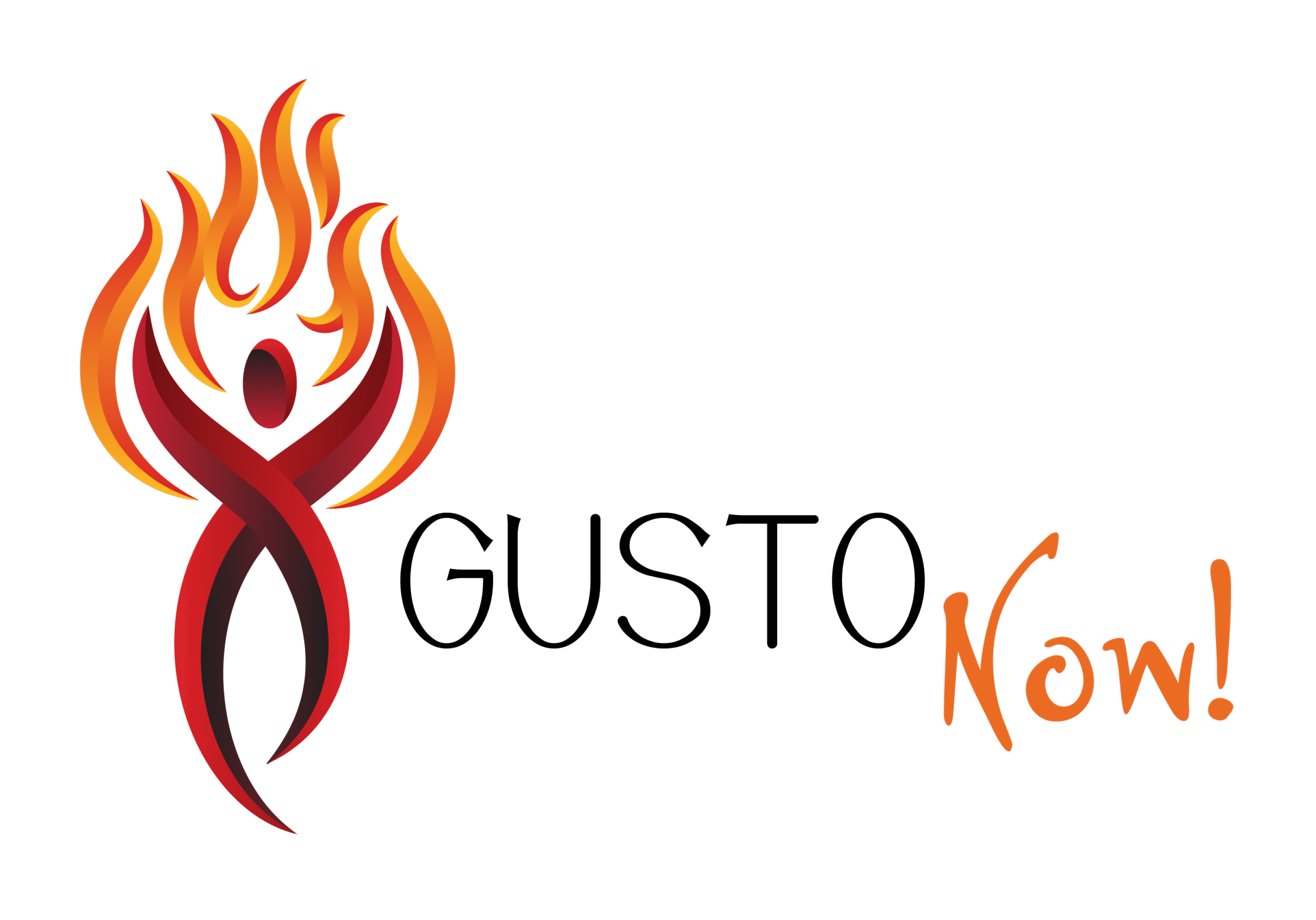Organizational Consulting Services
Workplace Culture and Employee Engagement
Meaning and purpose can seem “squishy.” We can help you measure and improve employee engagement and organizational performance.
Employee Engagement. Here’s what you notice when employees are not engaged:
- Silence in meetings—even when you ask for input.
- People doing just the bare minimum.
- Disconnection—avoiding collaboration or keeping to themselves.
- More lateness, absenteeism, or low energy.
- Wins that pass without celebration or pride.
These aren’t small issues. They’re the early signs of turnover, poor customer experiences, and stalled innovation.
Company Purpose. Here’s what you notice when your people do not understand or feel aligned with your company’s purpose.
- There is confusion or competition among departments on realizing company goals.
- Your people don’t seem to understand what the company stands for, why it matters, or how your values distinguish your products or services; or when asked about it, point to a meaningless framed statement of it on the wall.
- Your people lack a clear sense of direction in their daily work and are not empowered to make decisions to serve your customers.
- It feels like your managers and leaders have to work too hard to get the team to produce results.
- Your stakeholder community is separate or competing, making it even harder for you to organize their overall efforts. Imagine the tremendous energy you can harness when every stakeholder is in alignment and is wholeheartedly enrolled in championing your company's purpose.
The confusion about your company purpose is halting meaningful engagement, stifling raving fan customers who renew and recommend you, and a unified commitment to perform on goals.
- We’ll help you Detect, Articulate, and Live Your Organizational Purpose, and then Measure the Lived Experience of it so you can enjoy the benefits of it as an operational strategy guiding your growth and success.
Gusto Now! Organizational Engagement/Fulfillment Matrix
Gusto Now! organizational consulting and program content is evidence-based and augments the traditional topics many people did not receive in the K-12 years but are required for optimal health, wellbeing, performance effectiveness, and relational fulfillment including emotional intelligence, conflict navigation, cultivating joy/gratitude/wonder/awe, and inspirational leadership.
Ready to create your destination workplace and operate in a Gusto! culture? Where is your organization today? See if you can identify which of the four types of workplaces is yours.
Where would you like it to be? At the beginning of an engagement, we measure your current engagement and retention levels. The measures are taken again at 4-month intervals to assess the progress of our work together.
The Gusto, Now! Organizational Engagement/Fulfillment Matrix
High Meaning
- Low Impact
Aspirant
Walking Dead
Gusto!
Burn Out
+ High Impact
Low Meaning
Aspirant
This is the static quadrant that most organizations today have been led to believe is the “gold standard.” They don’t know that there is a better way to design the workday or workplace. That there is a new Gusto! approach that nurtures the heart and spirit of employees to help them grow into their potential, better innovate, and develop and sustain meaningful relationships.
Characterized by:
- An aspirant organization is an “okay” place to be because it has a neutral or “net zero” impact on an employee. It has adopted the “right” people mindset and measurements such as engagement and retention.
- But much of their employee communications and actions are hit-and-miss when it comes to truly engaging and energizing their workforce over the long run.
- Leadership and management training is in place to steward feedback, performance and succession planning but lacks anchoring in meaning and purpose to teach team members to turn on their own intrinsic motivation and feel the belong and are connected to the purpose of the organization.
- Professional development opportunities for individual team members are in place to elevate team building and performance, but not on the level that develops emotional and relational intelligence to develop into higher consciousness and creative, connected team members who feel they are part of something really special.
Gusto!
Transforming your workplace culture into the Gusto zone is the highest standard that an organization can hold itself to – where a “destination workplace” can be created. It’s the one that is committed to creating, maintaining, and ever-evolving the workplace and employee experience, so the team is energized by their work and the purpose of the organization, ever learning, feel they are meaningfully connected and belong, and mentally and emotionally strong to perform well. Characterized by:
- A Gusto! organization is an inspiring place to be, where collaboration is natural, and performance is always improving for the teams and individuals.
- People understand the purpose and mission of the business, feel aligned, inspired, and included, and know how to move toward organizational goals in a more collaborative and creative way.
- People are passionate about their work and their ongoing growth. There’s a supportive growth mindset that empowers everyone, from the top leaders to the newest employee, to constantly cultivate their own meaning, passion, enthusiasm, joy, gratitude, growth, learning, collaboration, and creativity.
- High well-being, engagement, performance, innovation, and retention.
- Belonging is powerfully experienced and further vitalizes each team member, where each is celebrated for their unique contribution. People feel a strong sense of pride in what the organization stands for both in business and in society and are remiss to leave.
Walking Dead
This is “a flat-line EKG” organization that has no heartbeat and operates transactionally in a black and white environment where employees trade their skills and energy for a paycheck. Characterized by:
- It may run smoothly but has an emptiness feeling or shell, and is likely not growing. It’s the exact opposite of “coming alive” and Gusto!
- Often led by outdated autocratic or command-and-control leaders in organizations with heavy and outdated human capital processes that suck the soul out of the people.
- There is little meaningful exchange between management and employees. Benefits and pay are not tied to an organizational mission and are stripped down to the basics – people are trading their time for a paycheck.
- The culture is characterized by fear, risk averse, old patterns and ways of thinking, not progressive. The same procedures and operations have been in place for years.
- Low employee engagement and perform with little support or collaboration with fellow team members, as they don’t feel recognized or cared for as a human being by leaders with low emotional intelligence or evolved thinking.
Burn Out
This organization registers high productivity with little regard for the toll it takes on team members who are working beyond their capacity in exchange for monetary/rewards gain, work they enjoy, or job security. Characterized by:
- Tends to do more with less, pay isn’t equitable, and recognition isn’t consistent or meaningful. This leads to a toxic culture where employees feel burned out, overwhelmed, and exhausted.
- Often seen in fast-moving industries such as retail, financial services, technology, healthcare, and the military, as well as newer businesses, such as start-ups. Also, organizations that have extended busy seasons last a good part of the year, with no built-in recovery time or restorative practices, fall into this quadrant.
- The work may be aligned with an individual’s passion (which is why it’s listed toward high engagement potential), but the work structure and work environment are taxing on their health and well-being, causing team members to careen into survival mode, quit, or become sick.
- The focus of the organization is on the customer or shareholder, and the culture does not practice recognition and provide mental health or wellbeing initiatives.
- Results in an unhealthier workforce, lower engagement, higher attrition, more costly errors and issues, less collaboration, and a lack of innovation.
Gusto Now!
Business Consulting Web Design by Ascendance

